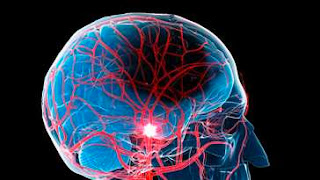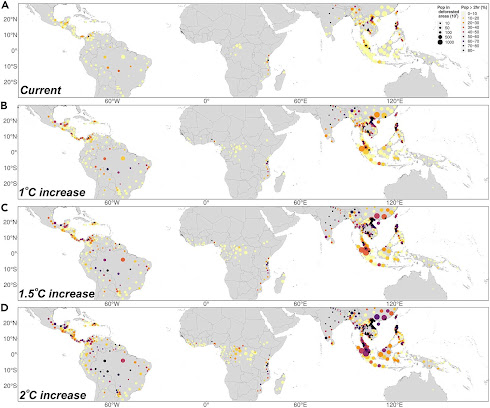 |
| South polar region of the Moon. Areas that act as CO2 cold traps are colored. Black contours show the boundaries of H2O cold traps. The background map is shaded relief. Credit: Norbert Schorghofer. |
The existence of carbon dioxide (CO2) cold traps on the Moon has been confirmed, offering a potential resource for future exploration of the lunar surface, according to a new paper by Planetary Science Institute Senior Scientist Norbert Schorghofer.
“After water, carbon is probably the most important resource on the Moon. It can be used for the production of rocket fuel, but also for biomaterials and steel. If we have to bring carbon or fuel from earth, it drives up the cost of sustained presence. It's part of ‘living off the land,’ or in-situ resource utilization,” said Schorghofer, lead author of “Carbon Dioxide Cold Traps on the Moon” that appears in Geophysical Research Letters. PSI’s Matthew A. Siegler is a co-author on the paper.
Various volatiles can be cold-trapped in permanently shadowed craters near the lunar poles. The existence of carbon dioxide cold traps has previously been surmised, but the required temperatures are near the lowest surface temperatures that have been reliably measured.














.jpg)
